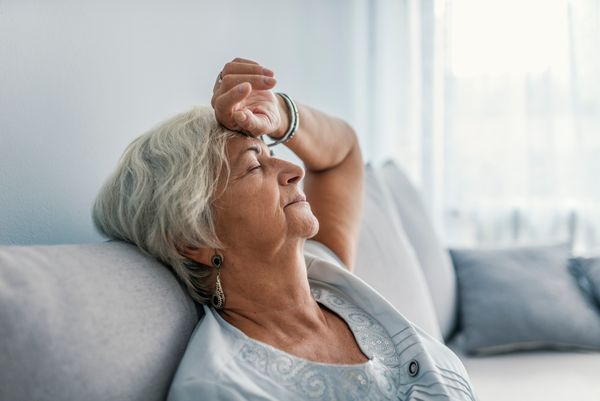What is a stroke?
A stroke happens when a blood vessel carrying oxygen and nutrients to the brain is either blocked by a clot (ischemic stroke) or ruptures (hemorrhagic stroke). When this occurs, part of the brain no longer receives the oxygen it needs, and the tissue in that area starts to die.Transient ischemic attacks (TIAs) consist of stroke-like symptoms, which go away shortly after starting and produce no lasting damage. Even if your symptoms disappear entirely, it is critical that you follow up with a health care professional to address your risk for future stroke.
Warning signs of stroke
- Sudden numbness or weakness of the face, arm or leg, especially on one side of the body
- Sudden confusion, trouble speaking or understanding others
- Sudden trouble seeing in one or both eyes
- Sudden dizziness, loss of coordination or balance or trouble walking
- Sudden severe headache with no obvious cause
What to do if you think you're having a stroke
If you experience any of the warning signs above, call 9-1-1 and get to a hospital as soon as possible. Don't wait to see if your symptoms improve or disappear. Treatments are available, and the sooner you can get to the hospital, the better your chance of a positive outcome.
Risk Factors for stroke
Risk factors are cumulative, so reducing even one will lower your overall risk of having a stroke.
- Age: The chance of having a stroke approximately doubles for each decade of life after age 55. In addition, researchers have noted a surge in strokes among women between 40 and 55 that can be tied to metabolic risk factors including increased abdominal weight and diabetes. There are also certain risk factors that apply directly to women under 55 (see below).
- Family history: If a parent, grandparent, sister or brother has had a stroke, you are at increased risk of having one too.
- Ethnic background: African Americans have stroke earlier in their lives and are twice as likely to die from stroke than are Caucasians, according to the National Stroke Association. Hispanic Americans and Native Americans also have increased risk for stroke. For these groups, higher rates of stroke risk factors such as high blood pressure, diabetes, and obesity, may be responsible for higher rates of stroke.
- Prior stroke or TIA
- High blood pressure: High blood pressure is the leading cause of stroke and the most important controllable risk factor.
- Heart disease or prior heart attack: Heart disease, including arterial disease, coronary heart disease, heart failure and atrial fibrillation, can contribute to an increased risk of stroke.
- Smoking: Cigarette smoking on its own is a significant risk factor for stroke. When oral contraceptives are used in combination with cigarette smoking, stroke risk is greatly increased.
- Poor diet: Diets high in saturated fats, trans fats, cholesterol, and/or sodium can increase stroke risk. In contrast, a diet containing five or more servings of fruits and vegetables per day may reduce risk.
- Also: Diabetes, drug or alcohol abuse, high cholesterol, obesity, physical inactivity or sickle cell anemia all can increase risk for stroke.
Risk factors especially important for women younger than 55
- Migraines: Women who suffer from migraines with visual disturbances can be up to 10 times more likely to suffer a stroke.
- Oral contraceptives: Women who take even a low-estrogen birth control pill may be twice as likely to have a stroke.
- Other risk factors:Autoimmune diseases including type 1 diabetes or lupus, clotting disorders, taking hormone replacement therapy, increased abdominal weight, multiple miscarriages or pregnancy.







